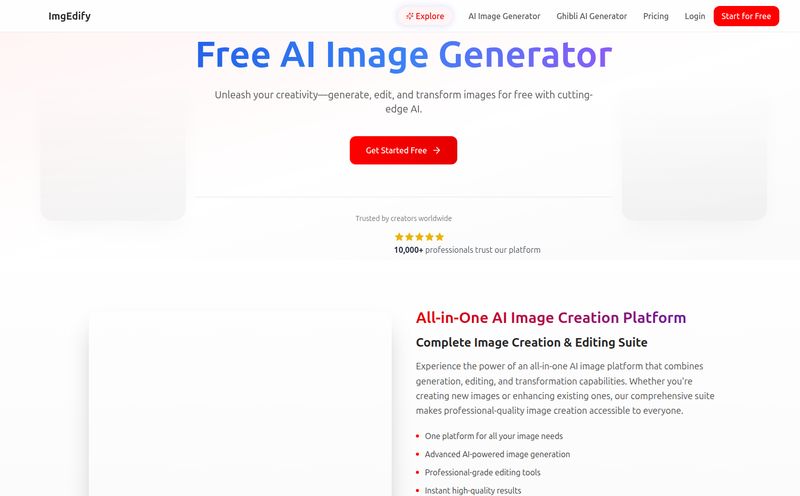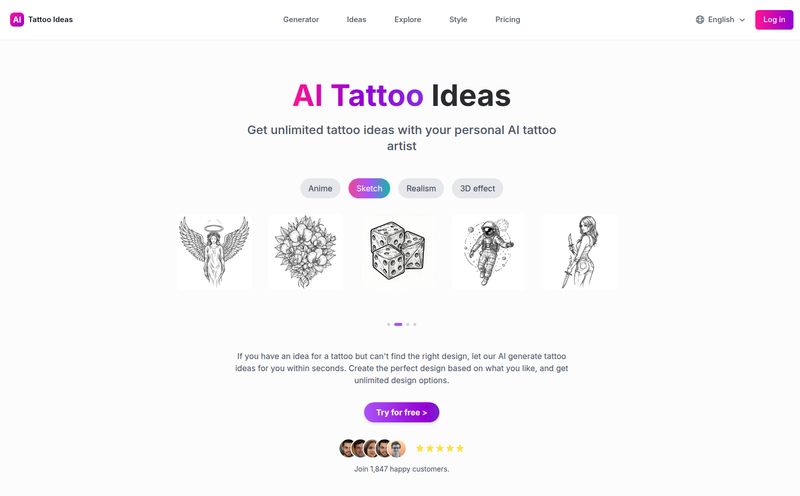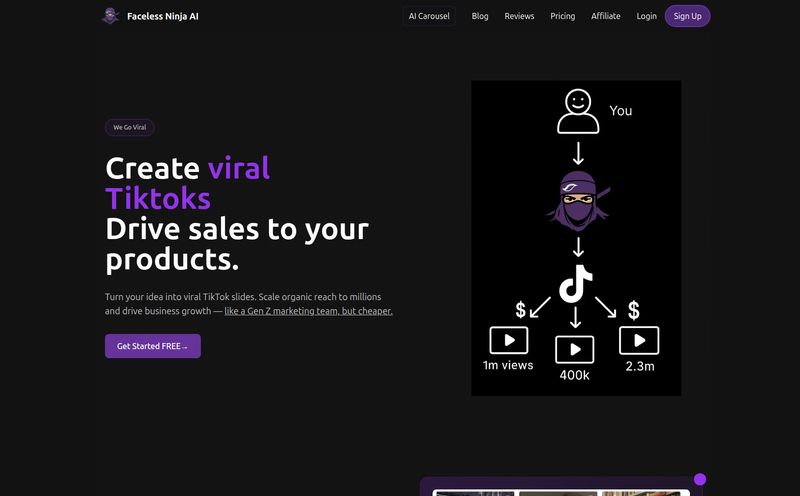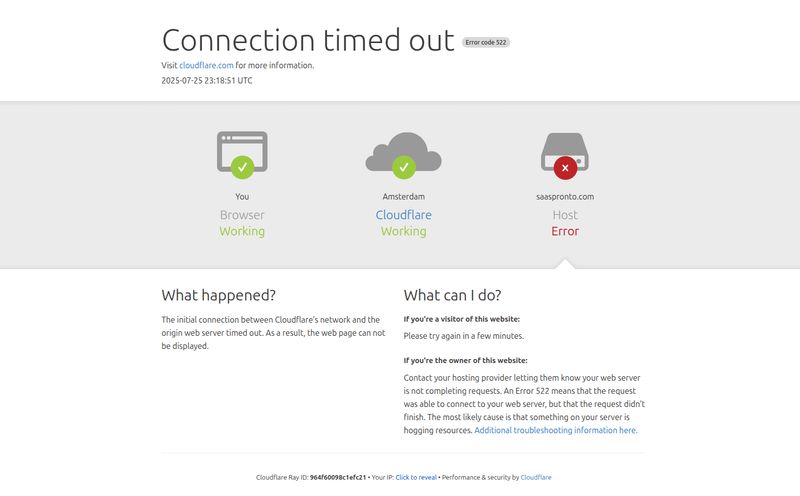It feels like just yesterday we were all losing our minds over the first blurry, six-fingered hands generated by AI. Now? The space has exploded. Every week there’s a new model, a new tool, a new platform promising to be the one. It’s a lot to keep up with, even for someone like me who lives and breathes this stuff. You’ve got Midjourney over here, DALL-E 3 integrated into ChatGPT over there, and a whole galaxy of Stable Diffusion interfaces. So when I heard about OpenArt, I'll admit I was a little skeptical. Another one? But I’ve been playing with it for a while now, and I have to say… it’s different.
It's not just another AI image generator. It’s more like a creative hub or a massive, sprawling workshop for anyone interested in AI art. It’s less about being one specific tool and more about giving you the entire toolbox. And frankly, that’s pretty exciting.
So, What Exactly is OpenArt?
Think of it this way: If Midjourney is a high-end, specialized paintbrush that creates beautiful, opinionated art, OpenArt is the entire art store. It’s a platform that lets you access and play with a whole bunch of different AI models and tools, including various flavors of Stable Diffusion and DALL-E 2, all under one roof. It's a Swiss Army knife for the modern digital creator.
You’re not just typing in a prompt and hoping for the best. You're given a suite of powerful tools to guide, refine, and even train the AI to create exactly what’s in your head. Or, let's be honest, to discover something even cooler than what was in your head. That happens a lot.
My First Impressions Diving In
Logging into OpenArt for the first time is… an experience. There are a lot of buttons. A lot of options. It can feel a bit like stepping into the cockpit of a spaceship if you're used to the simple prompt box of other services. But then I saw it. The “Discover” tab. This isn’t just a gallery of pretty pictures; it’s a searchable database of over 10 million prompts. Let that sink in. Ten. Million. Prompts.
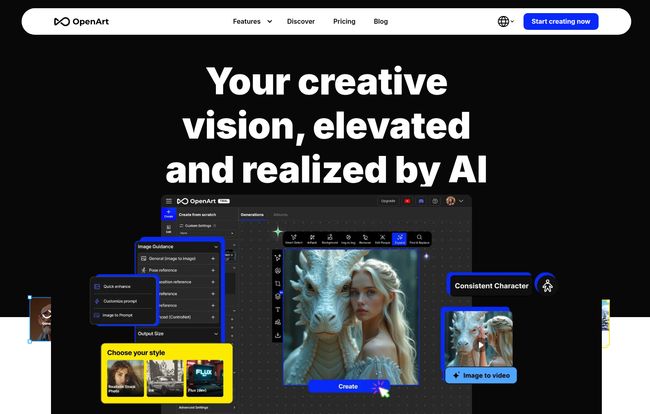
Visit OpenArt
For me, this was the first “aha!” moment. One of the biggest hurdles in AI art is learning the weird, poetic language of prompting. How do you ask for “golden hour lighting” or a “cinematic, anamorphic lens flare”? Here, you can just search for it and see hundreds of examples of prompts and the images they produced. It’s like having a giant, open-source recipe book for creating stunning visuals.
The Standout Features That Caught My Eye
Once I got past my initial awe at the prompt library, I started digging into the tools. And this is where OpenArt really starts to pull away from the pack.
The Prompt Library is a Game Changer
I know I just mentioned it, but it deserves its own section. This isn't just for copying and pasting. It's a massive learning resource. I spent hours just browsing, seeing how different artists structured their prompts to get specific styles—from photorealistic portraits to whimsical watercolor animals. You can see the model used, the prompt, and even the negative prompt. It’s an invaluable tool for leveling up your prompt-crafting skills, far better than just scrolling through a Discord feed.
Training Your Own AI Model? Yes, Please.
This is the big one for serious creators. OpenArt allows you to train your own personalized AI models. What does that mean? You can feed it 10-20 images of a specific person, object, or art style, and it will create a unique model that understands that concept. Imagine creating a children’s book and needing the main character to look consistent in every single illustration. Or you're a designer who wants to generate a bunch of product mockups in your brand’s exact aesthetic. This feature makes that possible. It's a level of customization that most of the more mainstream tools just don't offer. It takes a bit of work, but the payoff is huge for consistency.
More Than Just Text-to-Image
The fun doesn't stop there. OpenArt is packed with other cool gizmos. You have Inpainting, which is like digital plastic surgery for your images—letting you select a small area and regenerate just that part. Made a perfect portrait but the eyes are a little wonky? Inpaint them. There's also Sketch to Image, which is as magical as it sounds. You can do a rough doodle and have the AI turn it into a fully rendered piece of art. And they're even rolling out features like Image to Video. It’s a playground for anyone who loves to experiment.
Let's Talk About the Elephant in the Room: Pricing
Okay, so what’s all this going to cost you? This is where you need to be realistic about your needs. OpenArt uses a credit-based system and offers several tiers. I've broken it down simply below.
| Plan | Monthly Price | Best For |
|---|---|---|
| Free | $0 | The absolute beginner or curious user just wanting to poke around. |
| Essential | $7 | The serious hobbyist who creates regularly and wants access to core tools. |
| Advanced | $14.50 | Pro creators, freelancers, and marketers who need high volume and advanced features. |
| Infinite | $28 | The power user who wants it all, with the highest credit limits and priority access. |
Note: Prices are per month, but you get a decent discount if you pay annually. Check their official pricing page for the most current details.
In my opinion, the Free plan is a great demo, but you'll burn through the 50 one-time credits fast. It's a taste, not a meal. The Essential plan at $7/mo is the real starting point for anyone who wants to actually use the platform. The higher tiers are for people who are truly integrating this into their professional workflow.
The Good, The Bad, and The AI-Generated
No tool is perfect, right? Here’s my honest breakdown.
What I Absolutely Love
The versatility is unmatched. The ability to jump between different models, use ControlNet for precise composition, train my own character model, and then fix a small mistake with inpainting—all on one platform—is just fantastic. The prompt library, as I’ve said, is a gift to the community. And their Discord is pretty active, which is always a good sign for support and inspiration. The community aspect is something a lot of platforms miss.
Where It Could Be Better
Naturally, the power is locked behind a subscription. The free tier is quite limited, so you have to be willing to pay to play. This is pretty standard, but it’s worth mentioning. Also, and this is important for my fellow marketers and creators, you need to be careful about the commercial use licenses. Generally, paid plans give you full commercial rights, but you should always double-check the terms for images created on the free plan or with certain models. It’s just smart practice.
OpenArt vs. The Competition
So, should you drop Midjourney for OpenArt? That’s the wrong question. They serve different purposes. Midjourney is known for its beautiful, artistic, and somewhat opinionated output. It’s simple and powerful. OpenArt is for the tinkerer, the controller, the person who wants to get their hands dirty. It competes more with platforms like Leonardo.AI or a self-hosted Automatic1111 setup, but with a much friendlier user interface than the latter. If you want maximum control without having to be a coding wizard, OpenArt sits in a very sweet spot.
Who is OpenArt Actually For?
After all my testing, I think OpenArt is perfect for a few types of people:
- The AI Art Apprentice: Someone new to the scene who wants to learn fast by studying millions of successful prompts.
- The Consistent Creator: An artist, illustrator, or author who needs to generate images with a consistent character or style using trained models.
- The Creative Marketer: Someone who needs to produce a high volume of diverse visual assets and wants tools for quick editing and mockups.
- The Curious Experimenter: The person like me who just loves having all the latest AI toys in one box to play with.
My Final Verdict on OpenArt
So, is OpenArt the best AI art generator? I'd say it's one of the most versatile and empowering platforms out there today. It successfully bridges the gap between the dead-simple generators and the terrifyingly complex ones. It gives you an incredible amount of power and control without requiring a degree in computer science.
If you're happy with a simple prompt-and-get-image workflow, you might not need everything OpenArt offers. But if you’ve ever found yourself wishing you could just tweak that one little thing, or create a character that looks the same every time, or just understand why a certain prompt works so well… then I think you’ll feel right at home here. It really does feel less like a tool and more like a playground. And I, for one, am having a blast.
Your Burning Questions Answered
Can I use images I create on OpenArt for commercial purposes?
Generally, yes! Images created under the paid subscription plans are yours to use commercially. However, for the free plan, there may be restrictions. It's always best practice to read the most up-to-date terms of service on their website to be 100% sure.
Is OpenArt difficult to learn for a beginner?
There's a learning curve, for sure, more so than simpler tools. But I'd argue it's one of teh best places to learn because of its massive prompt library. You can start simple with text-to-image and then gradually explore the more advanced features as you get comfortable. You don't have to use everything at once.
How do the credits work?
Credits are the currency of the platform. Generating an image costs a certain number of credits, which can vary depending on the model, image size, and quality settings you use. Your subscription plan gives you a monthly allowance of credits.
What's the real difference between OpenArt and just using Stable Diffusion?
Think of Stable Diffusion as a powerful car engine. You still need to build the rest of the car around it (the body, the steering wheel, the seats). OpenArt is the fully-built car. It provides a user-friendly interface, the massive prompt library, model training, inpainting tools, and hosts all the hardware, so you don't have to run it on your own computer.
Can I cancel my subscription easily?
Yes, based on their FAQ and standard industry practice, you should be able to manage your subscription and cancel it at any time through your account settings. When you cancel, you typically retain access to the paid features until the end of your current billing period.
